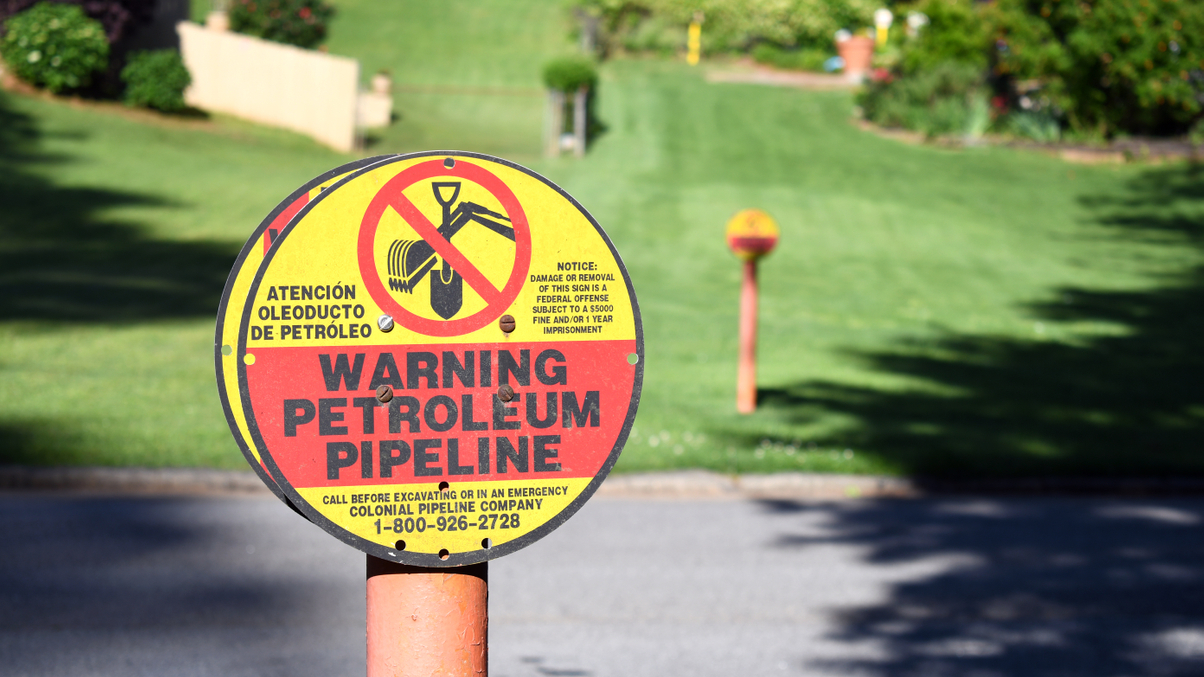Market Views: How much risk do supply chain disruptions pose to commodities?
Supply chains have been disrupted by surprise events such as the Colonial Pipeline hack and Suez Canal blockage. How do investors manage the risks posed to commodities?

A multitude of challenges in recent months, from a Suez Canal blockage to a cyberattack, have caused disruptions in global supply chains, halting the delivery of commodities such as energy and raw materials. But investors remain bullish on commodities, particularly for industrial metals, amid a low-interest rate environment and China's rapid advancements.
Sign In to Your Account
Access Exclusive AsianInvestor Content!
Please sign in to your subscription to unlock full access to our premium AI resources.
Free Registration & 7-Day Trial
Register now to enjoy a 7-day free trial—no registration fees required. Click the link to get started.
Note: This free trial is a one-time offer.
¬ Haymarket Media Limited. All rights reserved.


